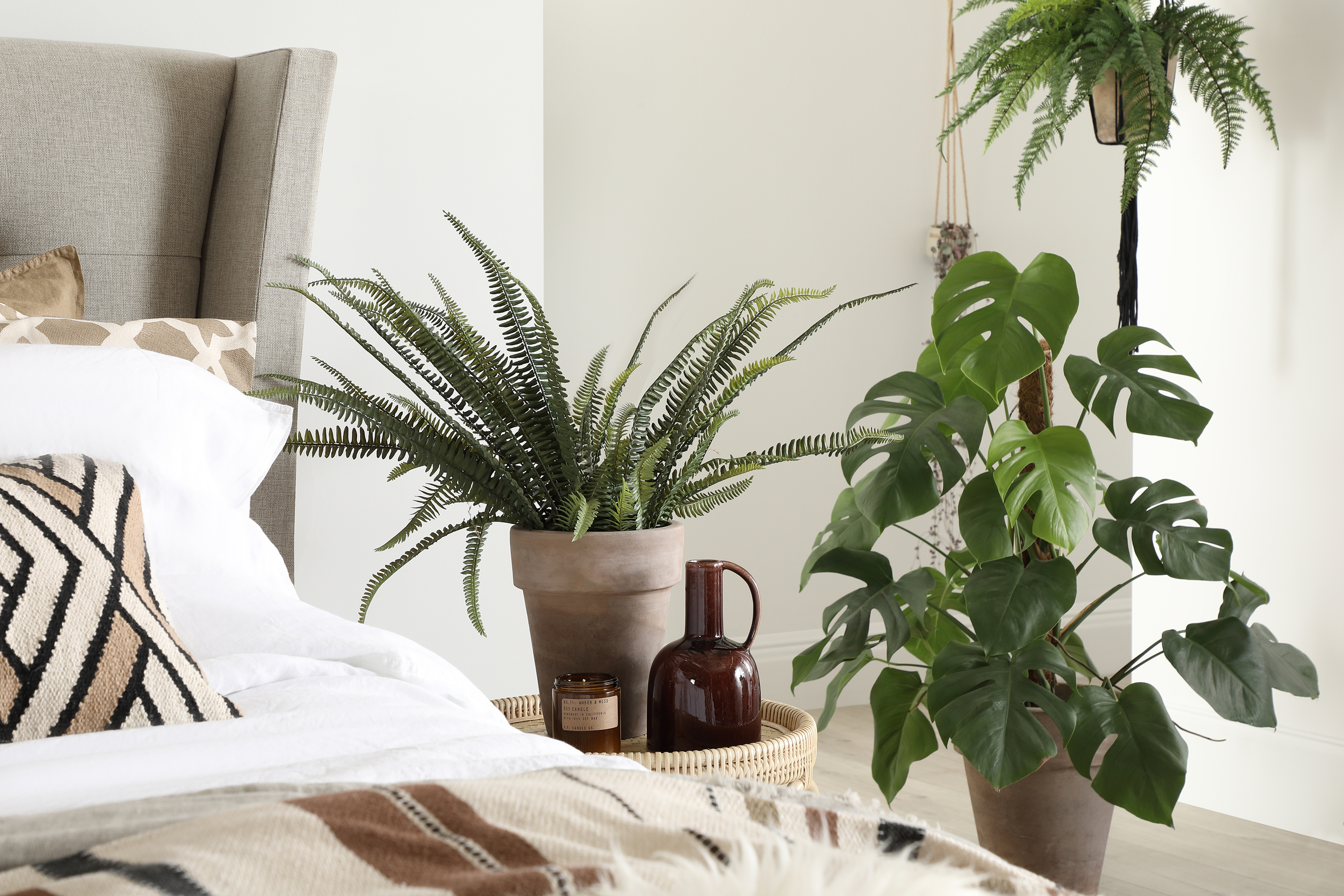
The best bedroom plants will add interest to your room, while being low-maintenance and happy with a lack of direct light. The added benefit of keeping house plants in your bedroom is that many purify the air naturally, creating a toxin-free and zen environment, perfect for relaxing and reviving in.
From a climate point of view, bedrooms are often darker than other rooms, with windows that are covered with curtains or blinds, making them perfect environments for plants that prefer gorgeous dappled light.
- Find the best indoor plants on our list for all the tropical vibes.
We spoke with Kate Turner, Gardening-Guru at Miracle-Gro about the best indoor plants for bedrooms. She says 'If you’re looking to brighten up your home and especially if you don’t have your own outdoor space, indoor plants are a great addition. There are even some houseplants that purify toxins from the air and help with the quality of your sleep; below are my top suggestions on the best bedroom plants.'
1. Areca Palm
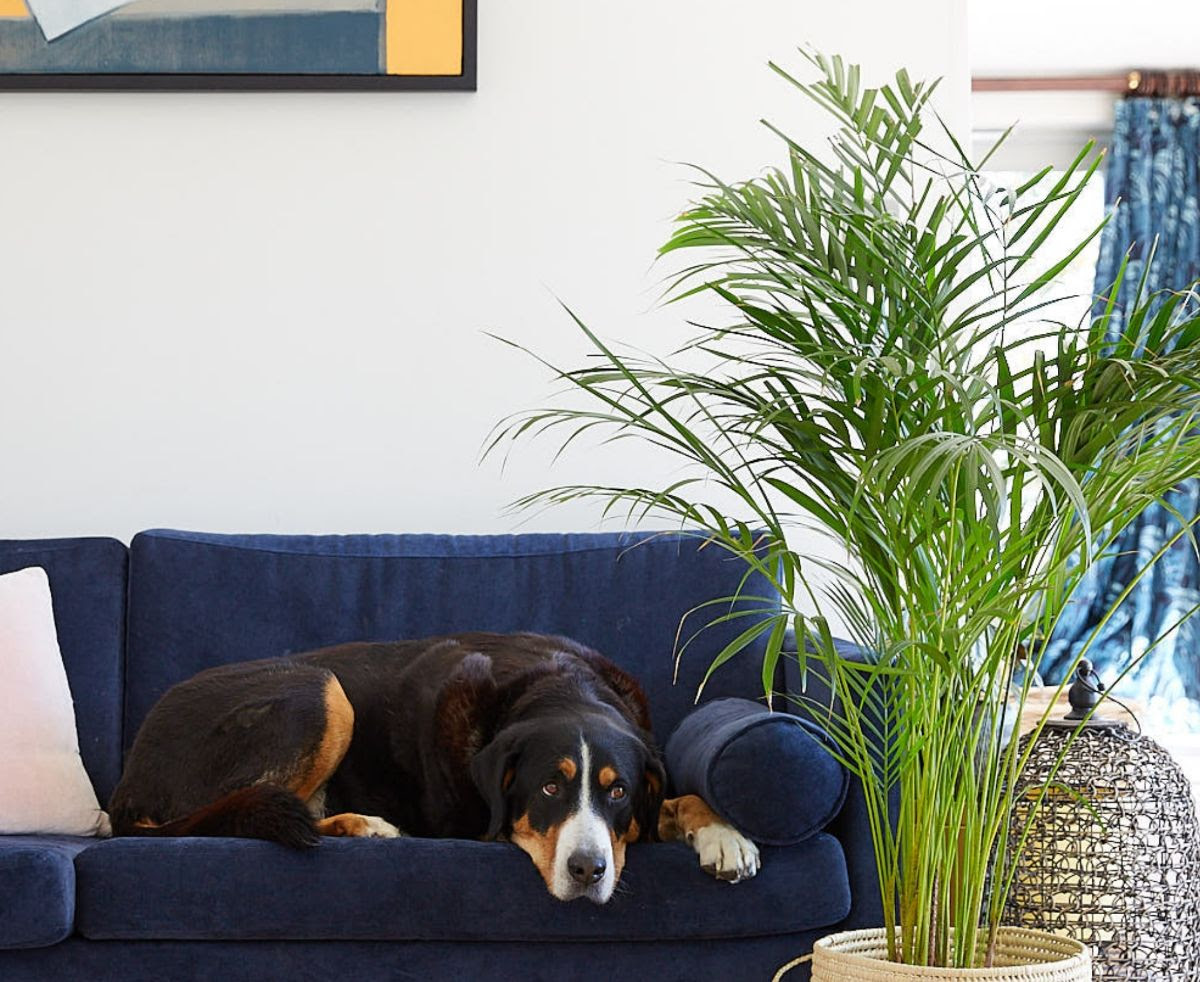
If you have a silk pillow and the best moisturizer going but still suffer from dry skin, your choice of bedroom plant could help! The Areca palm helps relieve patchy, sore skin as it's an effective humidifier which softens harsh air from central heating – especially in the winter months. It's also super air-purifying and an easy to care for houseplant too. 'In the winter months, dry air can make your sinuses painful, but Areca Palm is a born humidifier and therefore will help you sleep peacefully. This is a fairly big plant, so make sure you have enough room in your bedroom for it.' Says Turner. This pick is also pet-friendly.
2. Peace lily (Spathiphyllum)
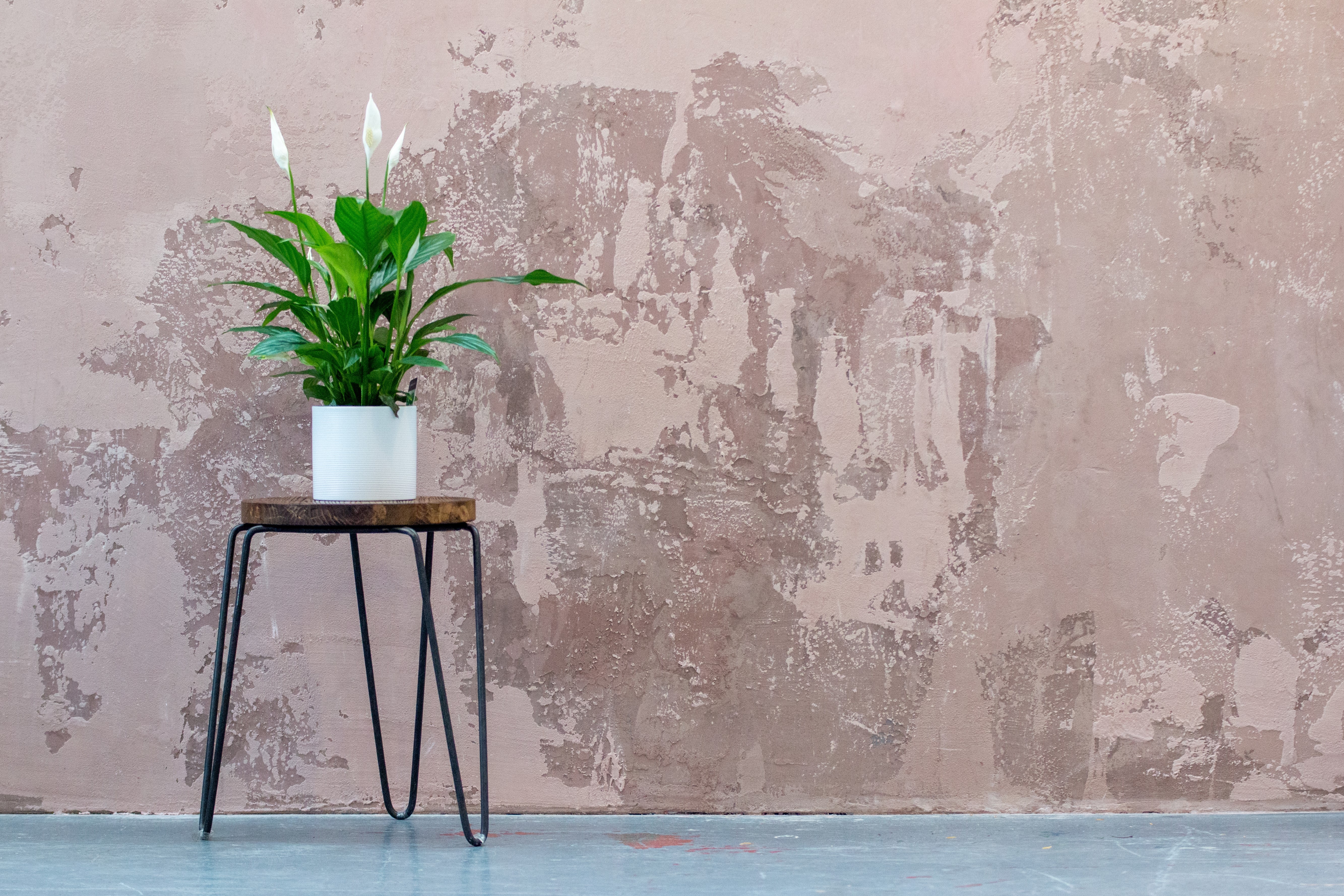
Peace lilies are great for low-light spaces and will just need to be kept watered. They like humidity as are native to the tropics, treat them well and you'll enjoy beautiful white flowers too. 'This plant is not only very easy to care for but is also great at purifying the air. They enjoy medium to low light, which makes it a great bedroom plant and will automatically add a touch of brightness to your room with its beautiful flowers.' Note that these are highly toxic to pets, cats especially.
- Find the most pet-friendly house plants in our guide.
3. English Ivy (Hedera helix)
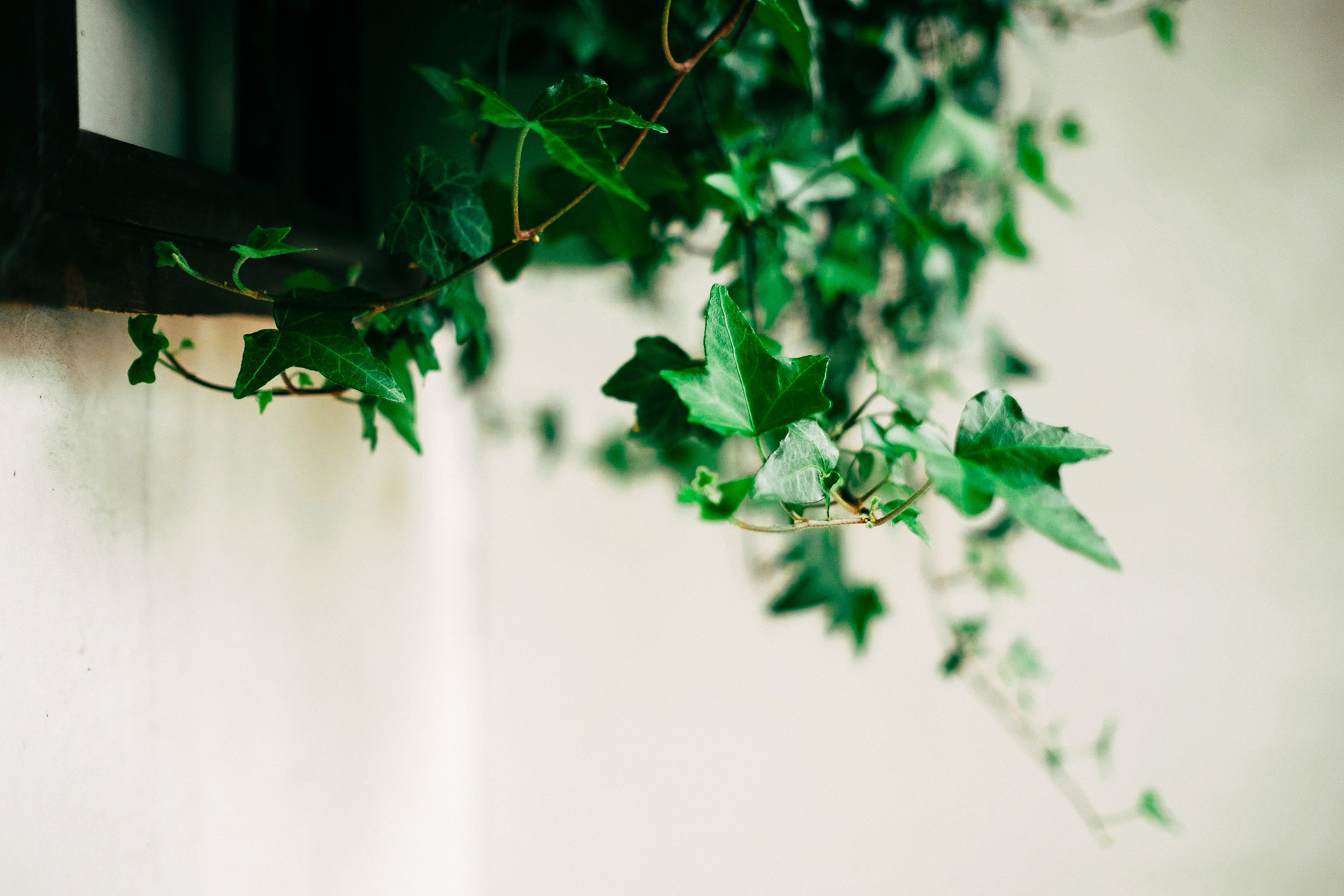
Often spotted in the garden and often forgotten about as a house plant but English Ivy makes a beautiful climbing plant for bedrooms. 'If you have allergies or asthma, English Ivy is a great houseplant to have. Ongoing research has also suggested that English Ivy may help to remove up to 78% of airborne mould in less than a day. It therefore could be a great plant to purify the air and help you breathe easy at night.' Says Turner.
- Read more on all the marvellous benefits of houseplants.
4. Swiss Cheese plants (Monstera deliciosa)
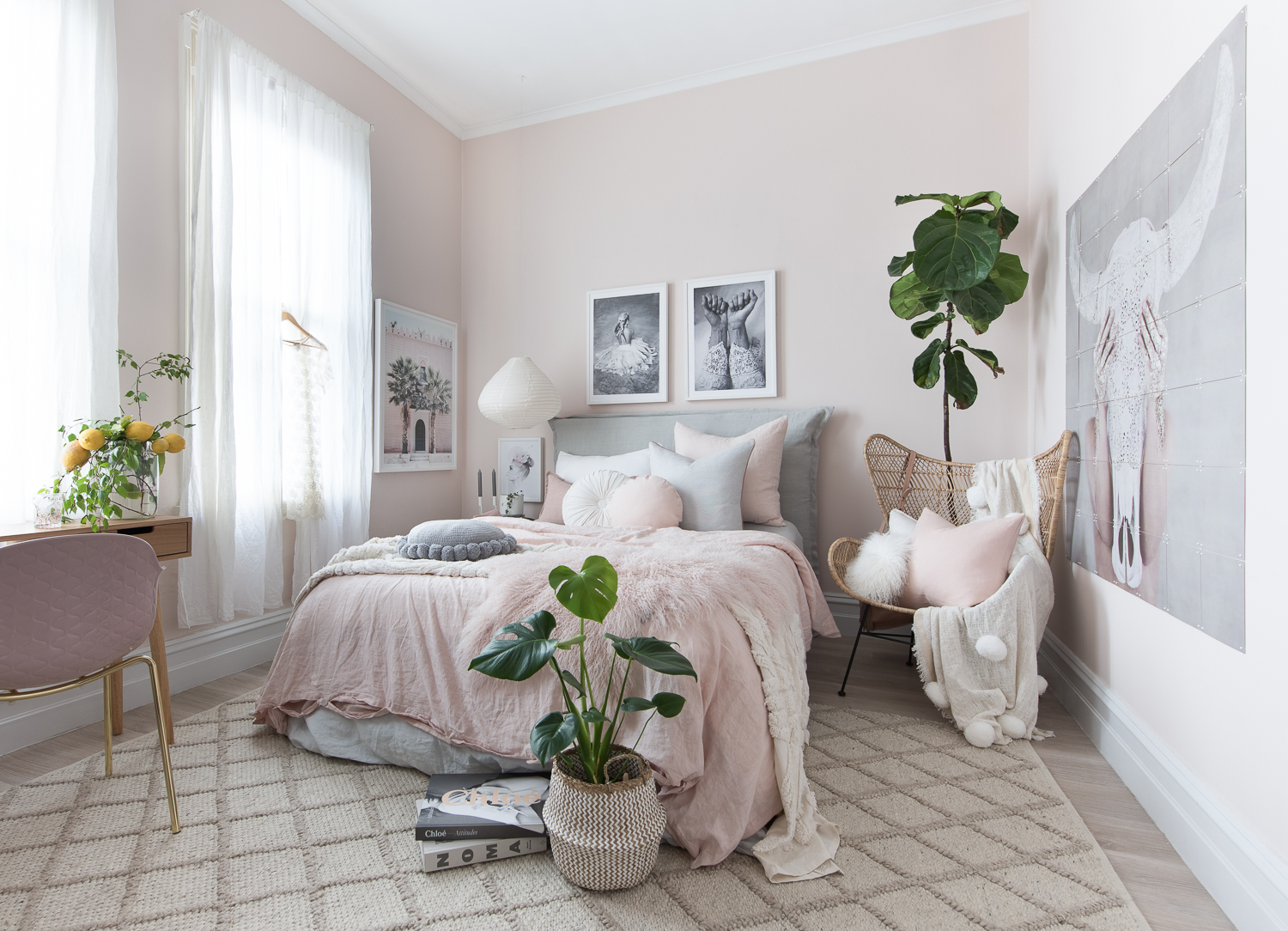
Bedroom by Norsu Interiors
If you are blessed with a bedroom that gets plenty of bright, indirect light, the world's pretty much your oyster when it comes to filling the room with plants. Place those that like the most light – notably citrus trees and pelargoniums – near the window, then more shade tolerant species such as the Cheese plant and Ficus further away from the window.
5. Trailing house plants
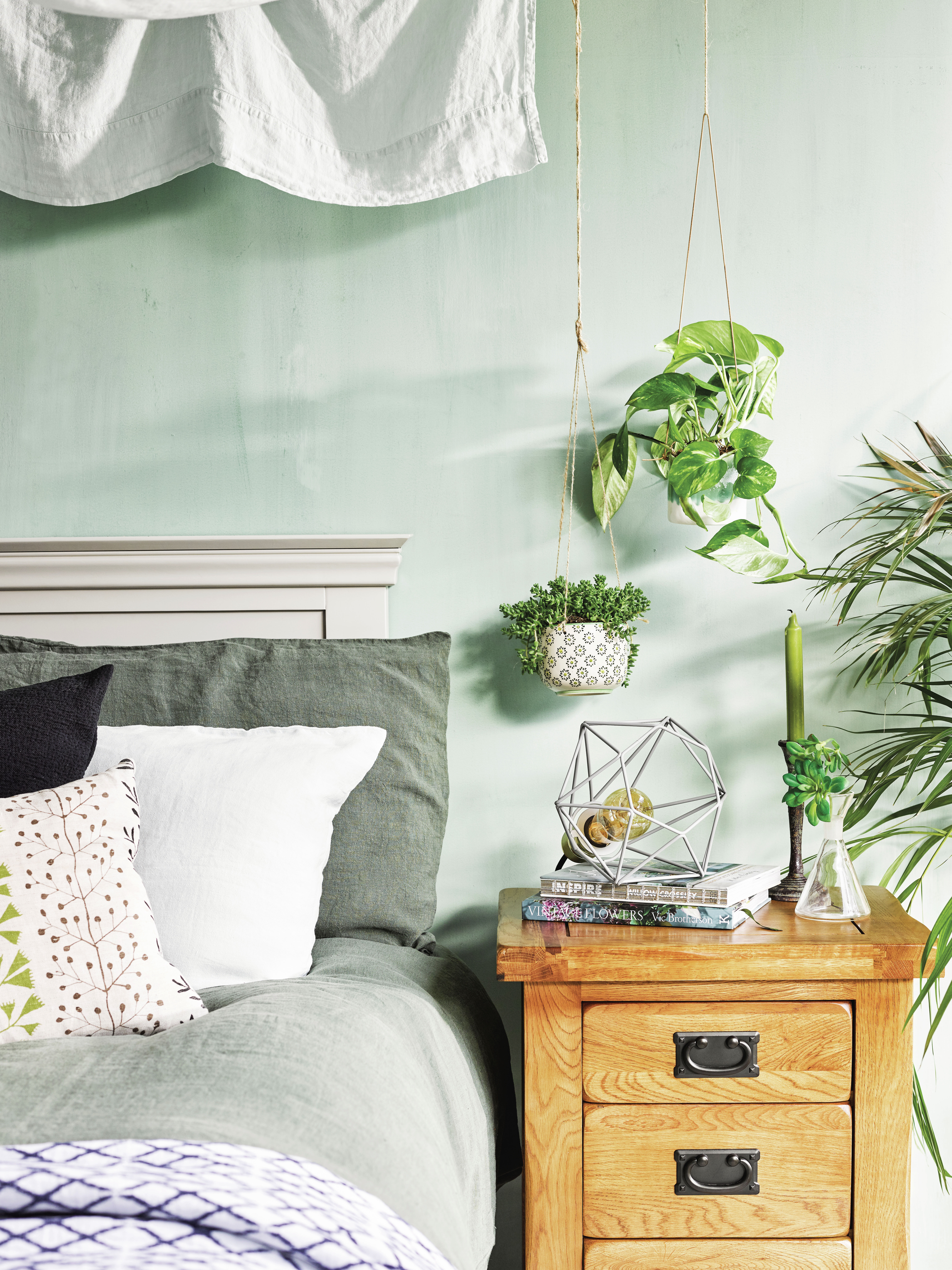
Original Rustic Bedside Table, Oak Furniture Land
If you're tight on space in your bedroom, go for trailing plants such as heart-leaved Philodendrons and Curio rowleyanus or 'string of beads' plant. Mix and match to maximise on the different textures and leaf shapes. Place your plant pots in planters to prevent your floors getting wet after watering.
- See all our clever indoor gardening ideas.
6. Bonsai trees
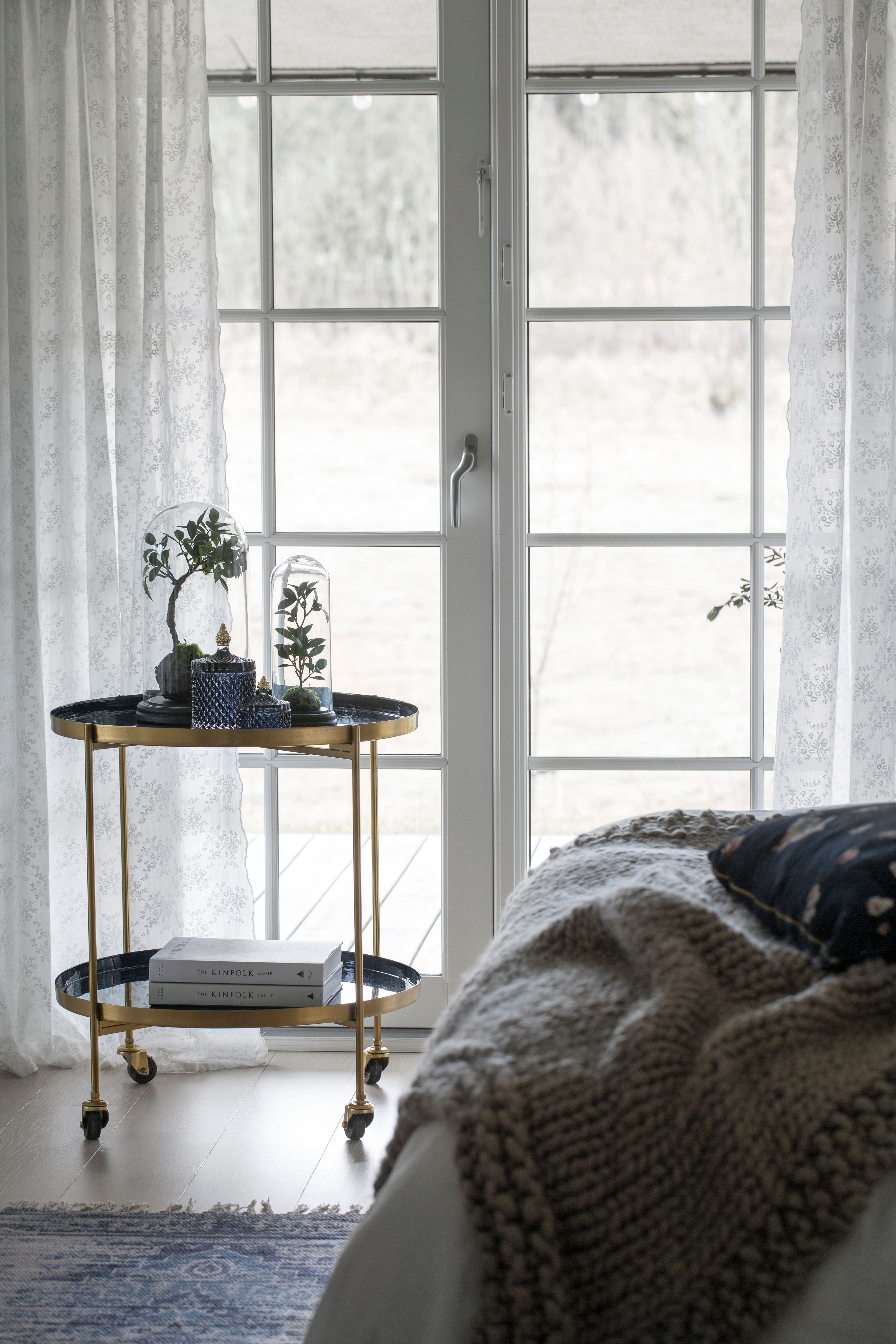
Like to keep things minimalist or is a feng shui bedroom your thing? Succinct succulents or bonsai tree under a bell jar on your dressing table make brilliant bedroom plants for easy maintenance and chilled vibes. Just make sure that they're not too far away from a window and don't overwater them.
- Check out our guide to making a terrarium.
7. Boston ferns

Kenley bed, Furniture Choice Ltd
If you have a North-facing bedroom, your plant options will be a bit more limited, but one plant type will do brilliantly in your room: ferns. These shade-loving plants won't mind the faint light. We love Boston ferns in particular for their bushy texture, but you can add in Maidenhead and Asparagus ferns for more interest. Just keep them well watered and cluster a few together for more impact.
- Got a north-facing garden too?
8. Rubber plants (Ficus elastica)
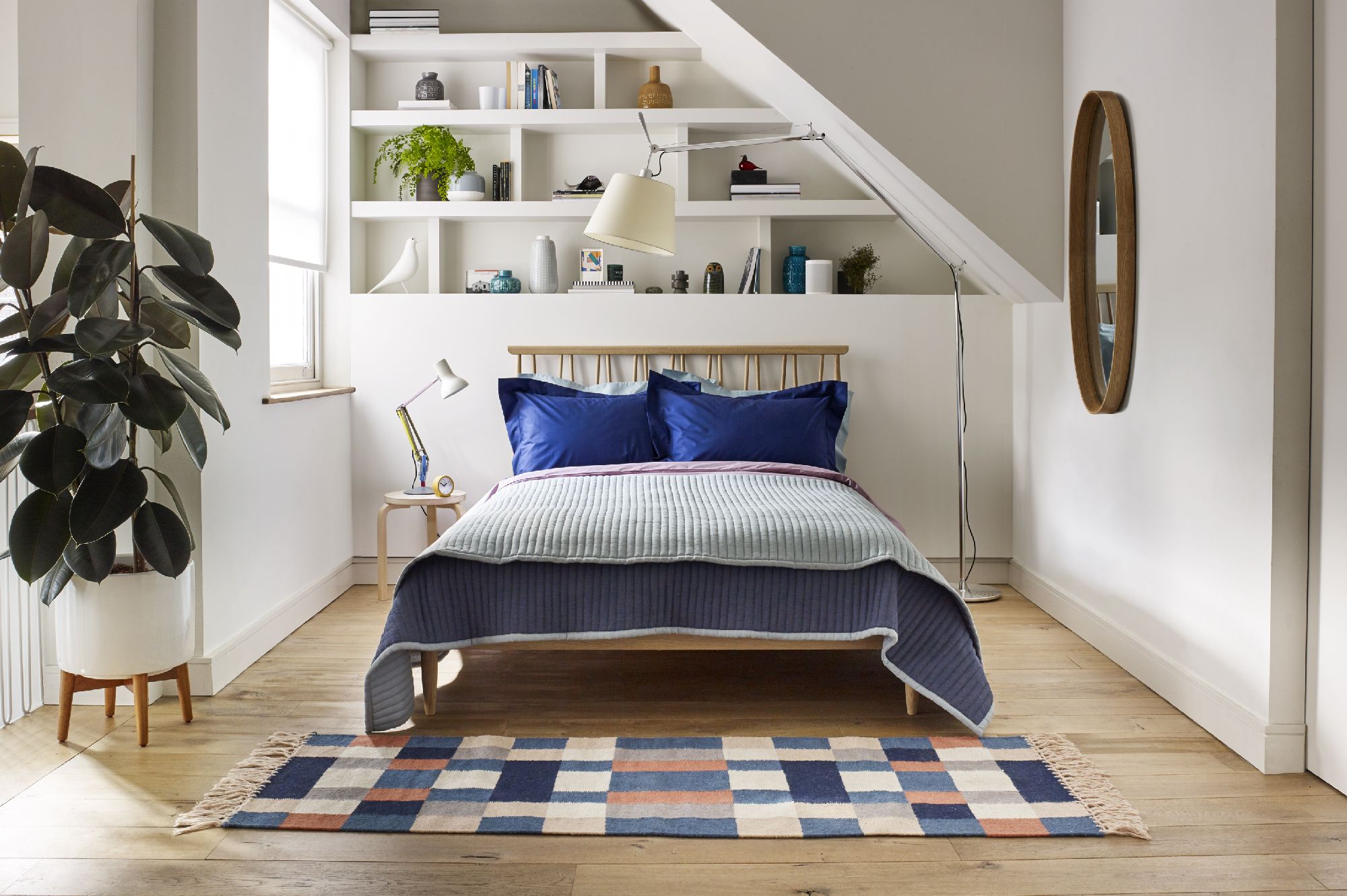
John Lewis & Partners and Ercol bedroom
Have a large space to fill? There's one bedroom plant that's always up to the task of filling up a space, no matter how big: Ficus elastica, or the rubber plant. Trust us when we say this plant will keep growing indefinitely, if you let it. Prune it annually to keep it from getting too huge. Water well in summer and a bit more sparingly in winter. Be aware if you have pets around that this isn't a good choice for your household.
9. Spider plants (Chlorophytum comosum)
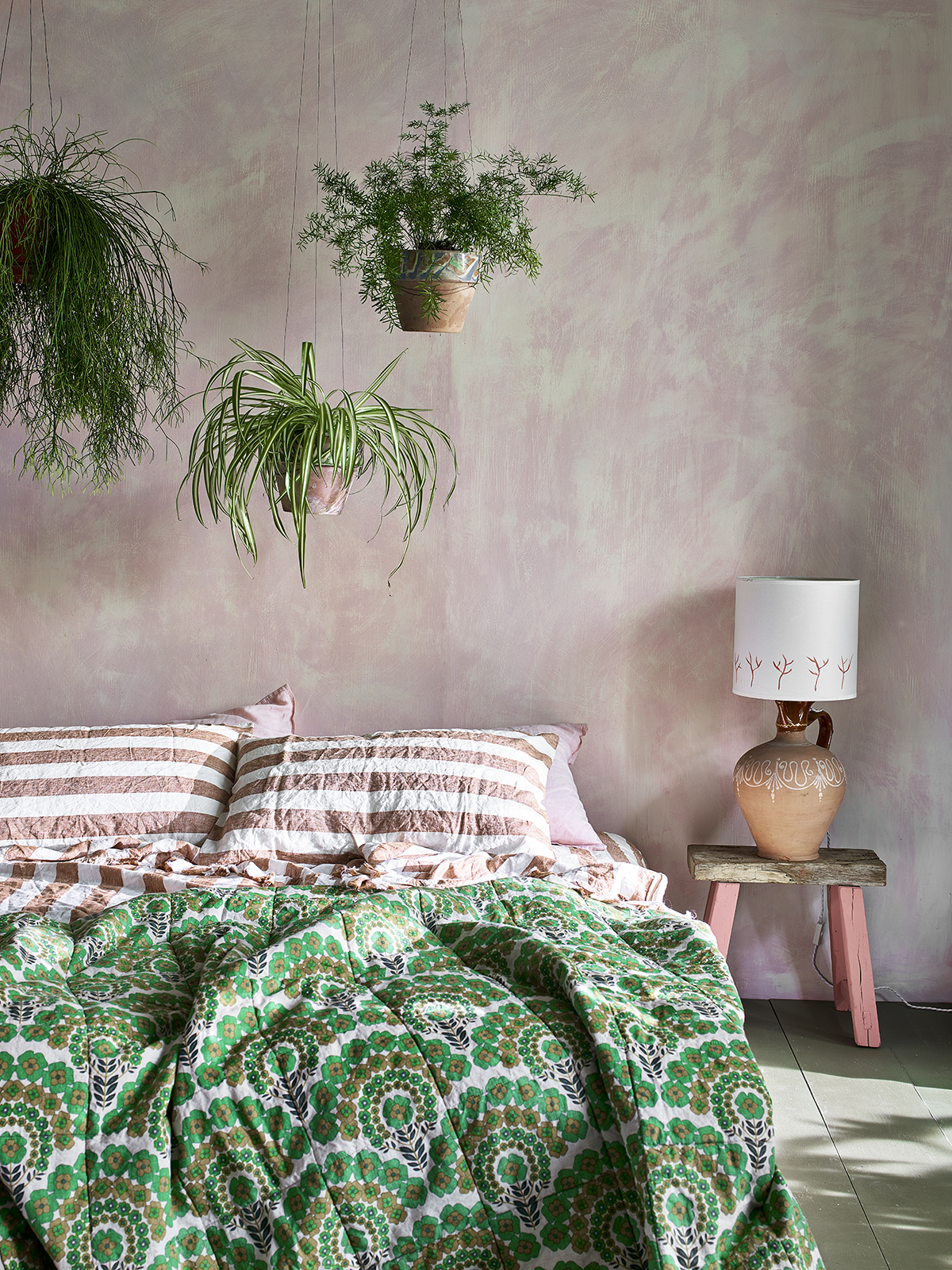
Bedroom decorated with plants and chalk paint, Annie Sloan
A great option in you don't have very much room for plants, or if you like the idea of creating a hanging plant display, many hanging plants do very well in bedrooms, because they naturally prefer dappled light. Spider plants look great from a height, especially when clustered with other houseplants, and they will tolerate a bit of shade too.
- Find more gorgeous bedroom ideas in our edit.
10. Sansevieria
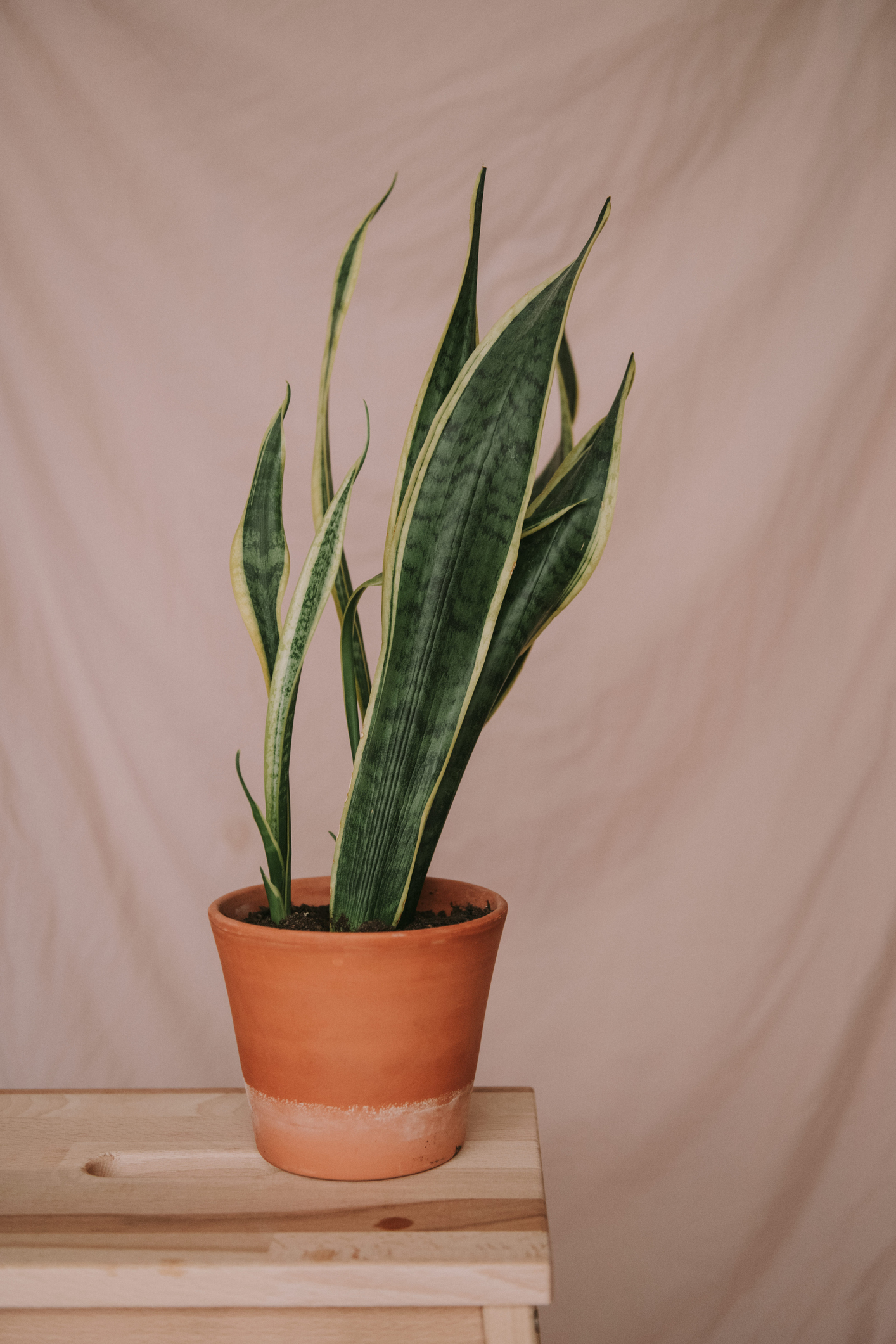
Following a NASA’s Clean Air Study, Nathan Raab, MD of Pointless Plants commented on some of the best air-purifying plants that produce oxygen at night, making them ideal for a serene sleeping environment. Sansevieria was one of them. 'A relatively easy plant to care for, sansevieria doesn't need much light and can tolerate all sorts of light levels, and it makes for a superb home plant by removing toxins like formaldehyde and nitrogen oxides from the air. Unlike a lot of plants too, sansevieria continues to produce oxygen at night, which makes it a great way to boost the air quality of your living space, and a brilliant choice to have in your bedroom.'
Sweet plant dreams!
Join our newsletter
Get small space home decor ideas, celeb inspiration, DIY tips and more, straight to your inbox!
Anna is a professional writer with many years of experience. She has a passion for contemporary home decor and gardening. She covers a range of topics, from practical advice to interior and garden design.
-
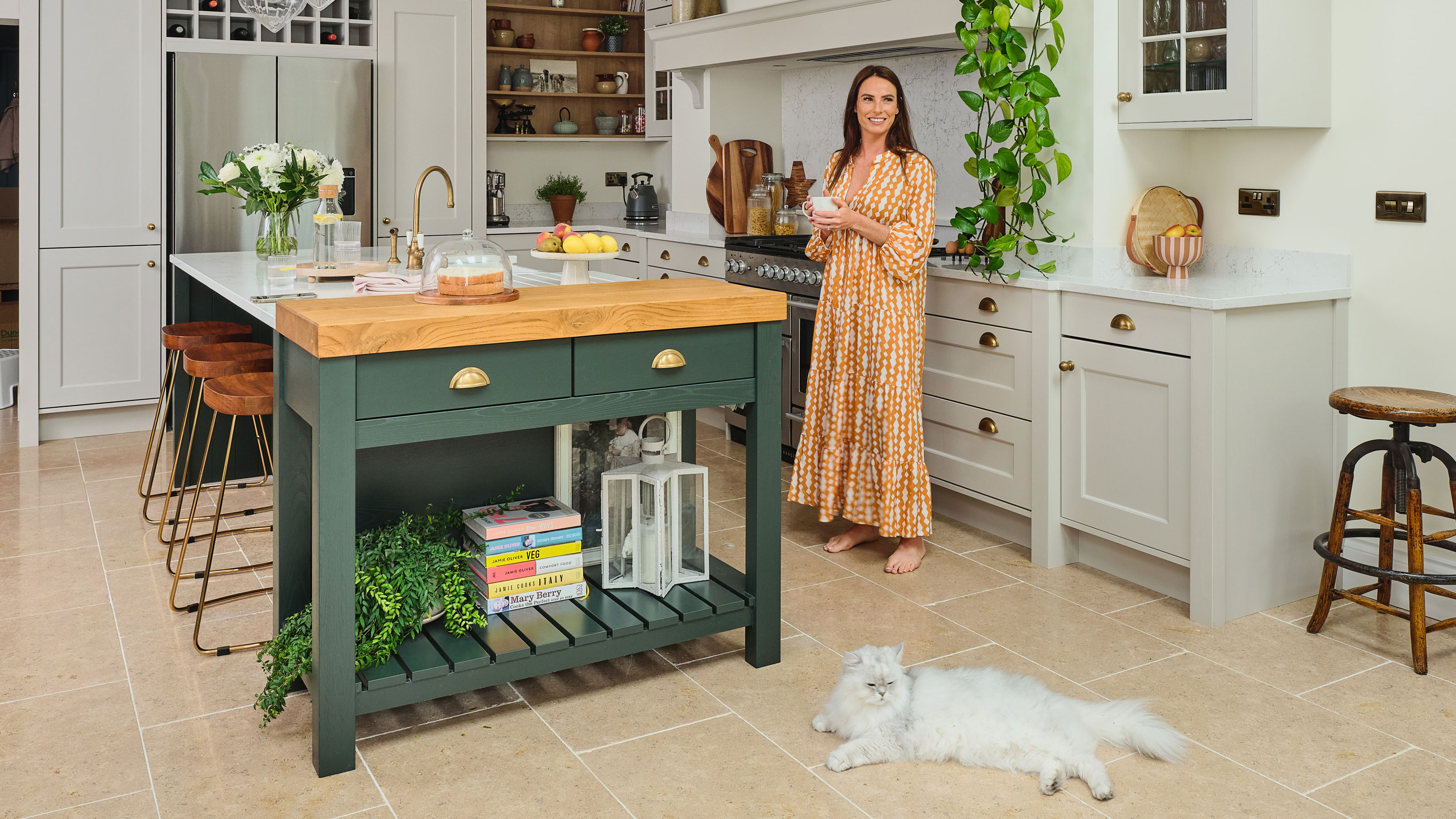 You won't believe this stunning five-bed family home used to be a tiny two-bed
You won't believe this stunning five-bed family home used to be a tiny two-bedKatie and Stuart went big with a double-story extension to create a dream space for themselves and their daughters
By Ifeoluwa Adedeji Published
-
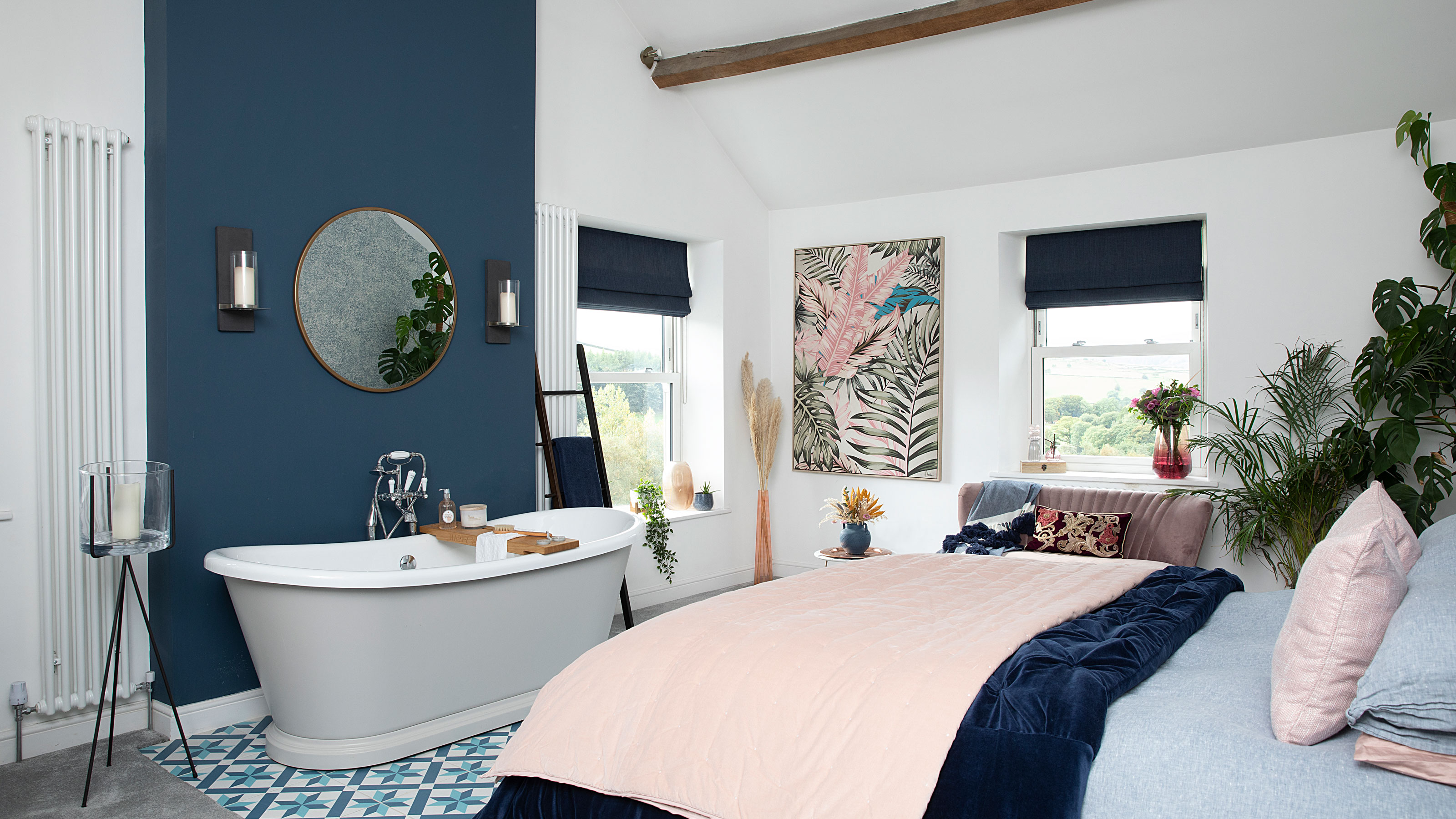 The freestanding bath in this dreamy bedroom is sheer five-star luxury
The freestanding bath in this dreamy bedroom is sheer five-star luxuryEmma and Martin wanted a suite just like in an upscale hotel — mission totally accomplished.
By Ellen Finch Published
-
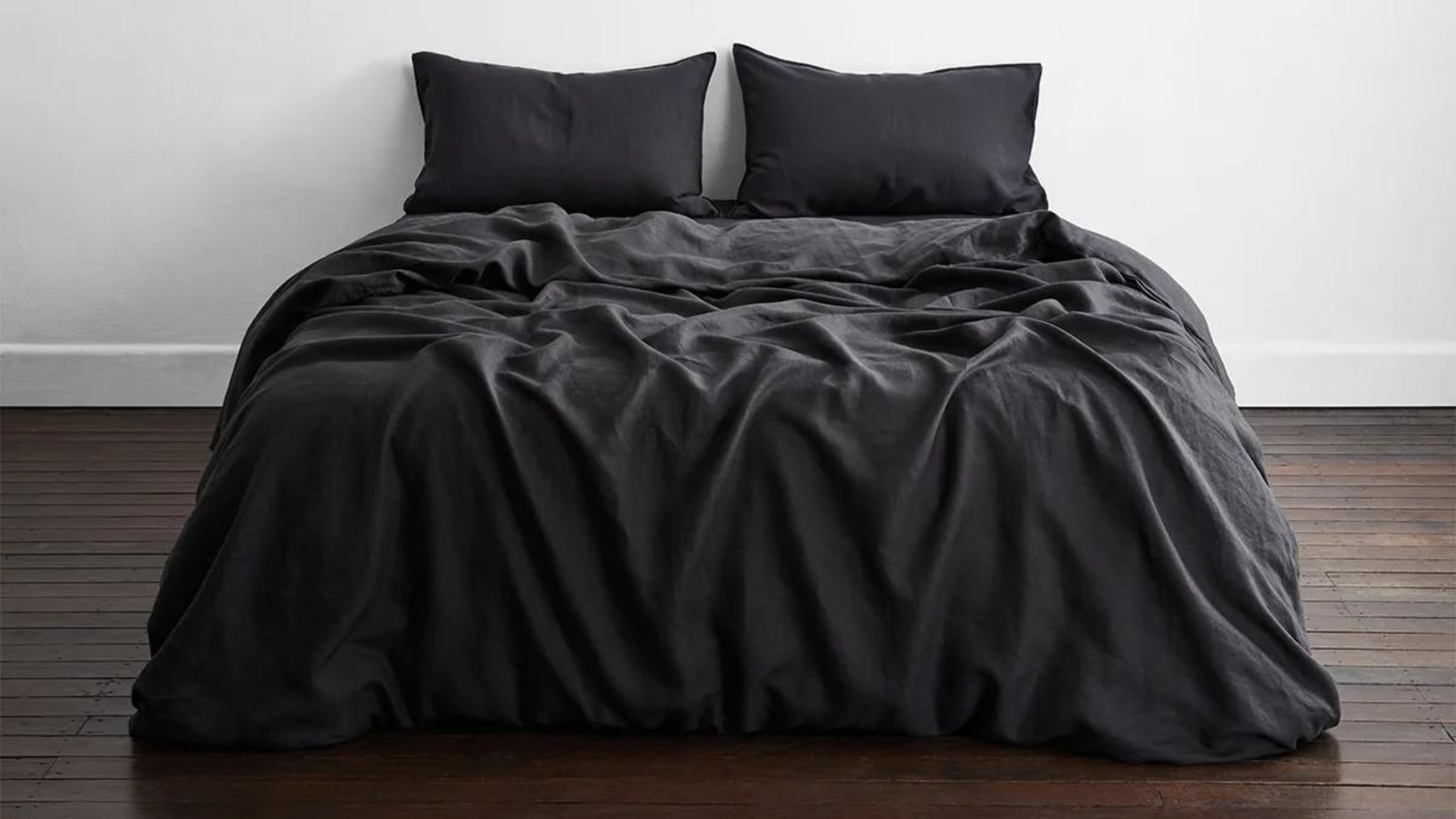 I just know 2023 is going to be all about black bedding sets
I just know 2023 is going to be all about black bedding setsWhite sheets are out, black bedding sets are in — here's everything you need to know about this bedroom decor trend
By Louise Oliphant Published
-
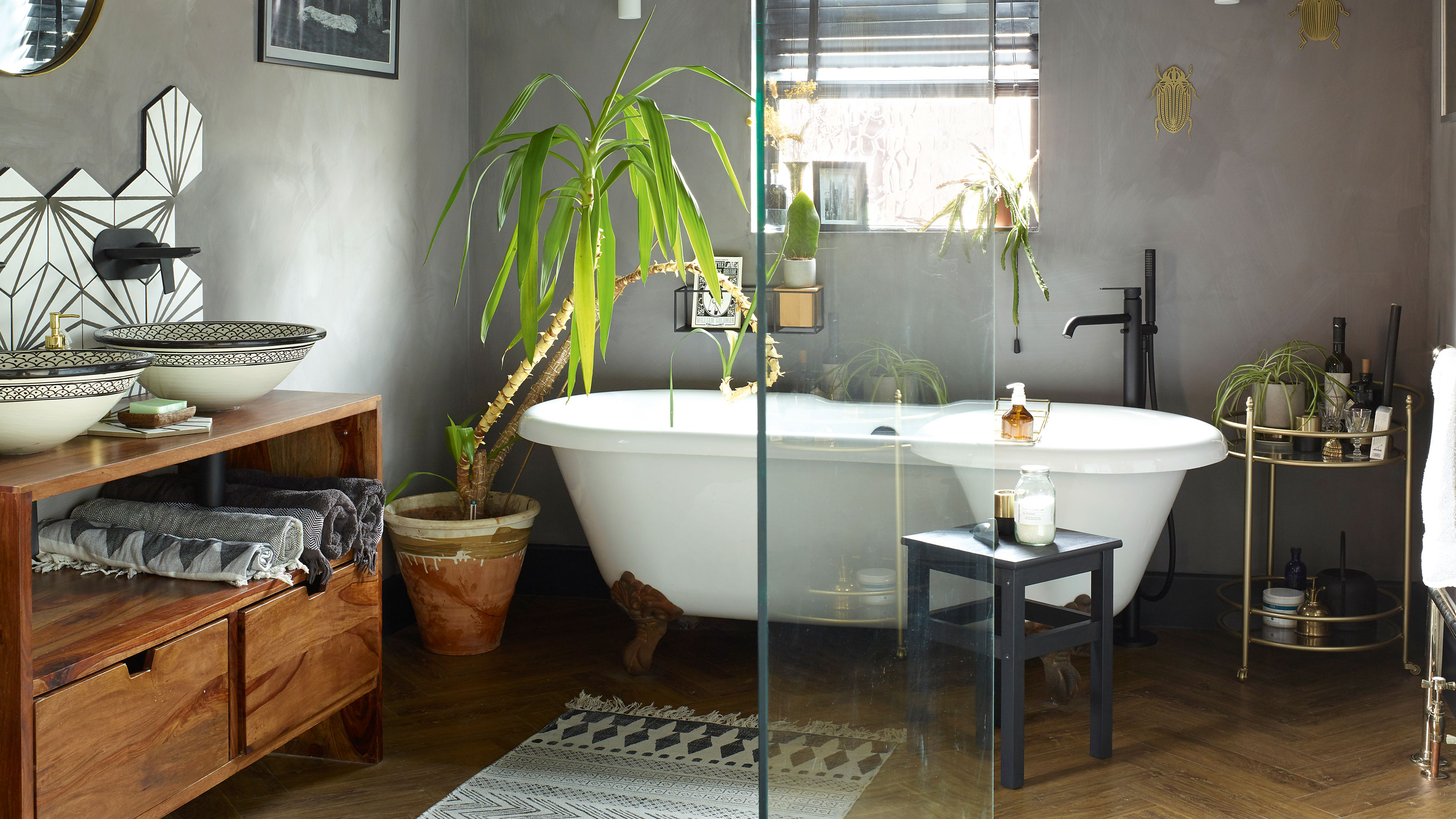 A bland beige bathroom is transformed into a STUNNING contemporary sanctuary
A bland beige bathroom is transformed into a STUNNING contemporary sanctuaryFirst-time homeowners Ellie and Oliver’s new bathroom is a well-planned fusion of modern pieces and exotic touches
By Ellen Finch Published
-
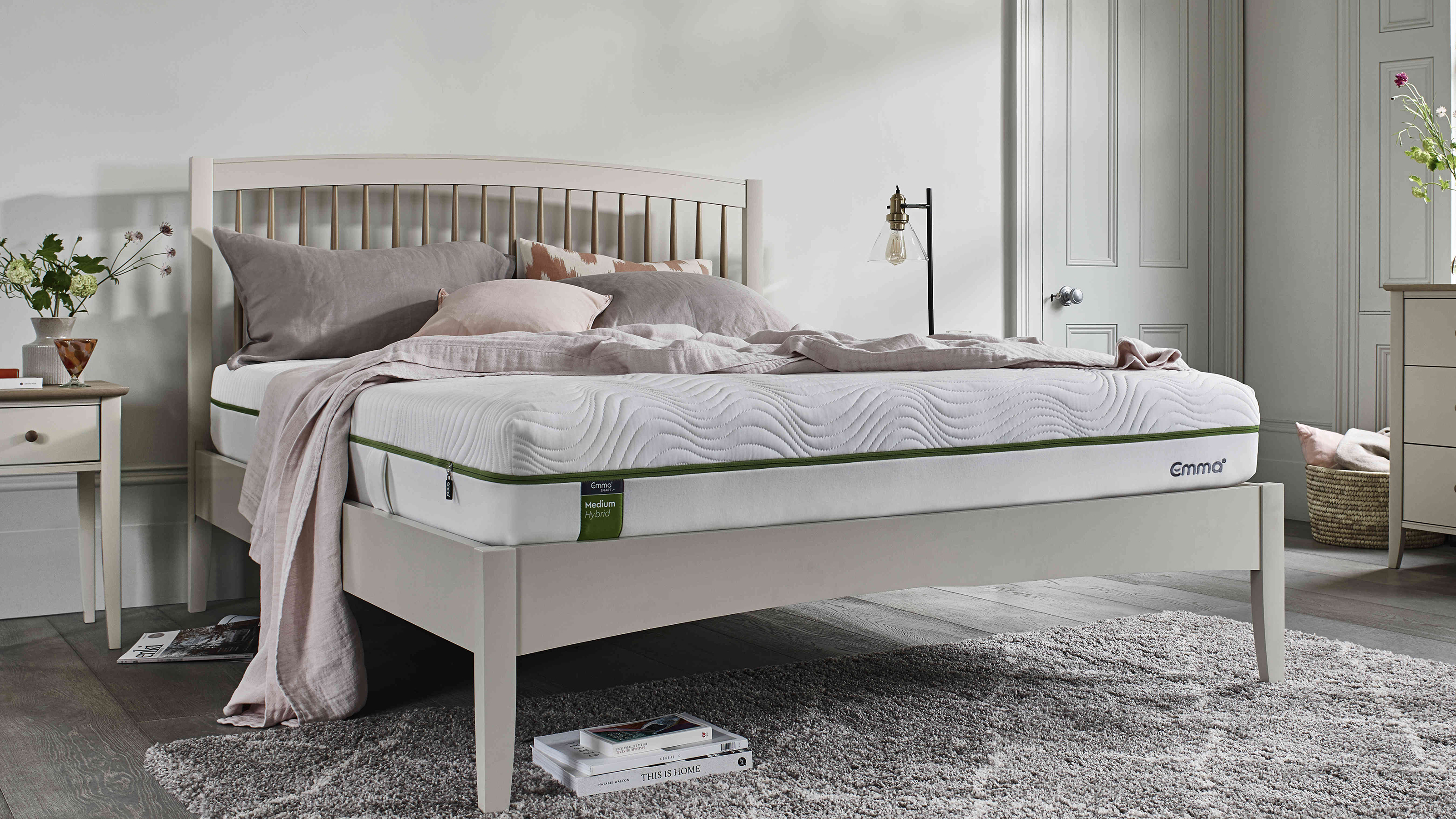 Mattress disposal: how, where, and how much it will cost?
Mattress disposal: how, where, and how much it will cost?Mattress disposal is tricky. You’ve swapped it for a supportive new design, but how to dispose of the bulky old mattress? Follow our guide to find out...
By Sarah Warwick Published
-
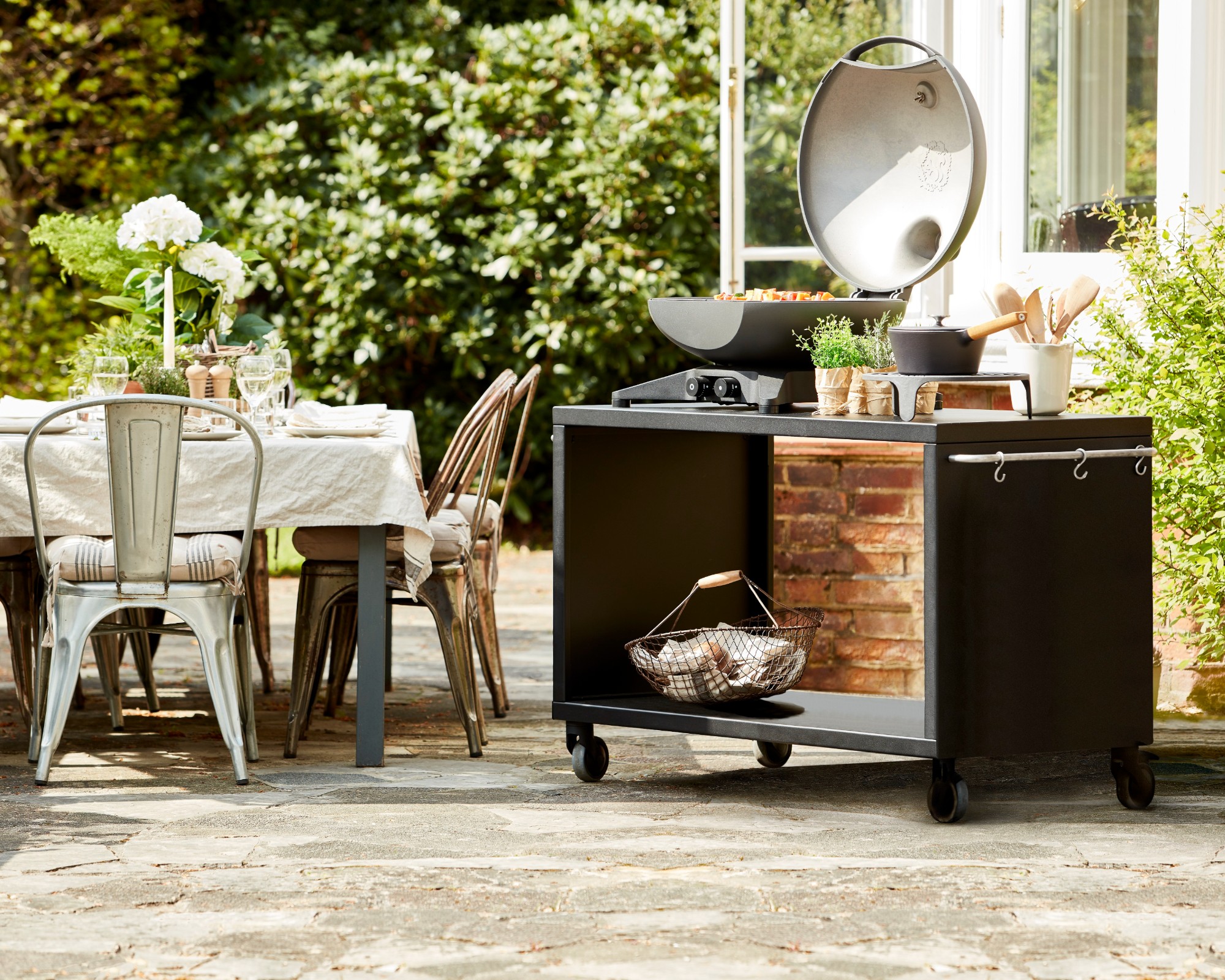 36 outdoor kitchen ideas – enviable and inspiring designs for your backyard
36 outdoor kitchen ideas – enviable and inspiring designs for your backyardEnjoy alfresco cooking and entertaining all year round with the best outdoor kitchen ideas for every space and budget.
By Sarah Warwick Last updated
-
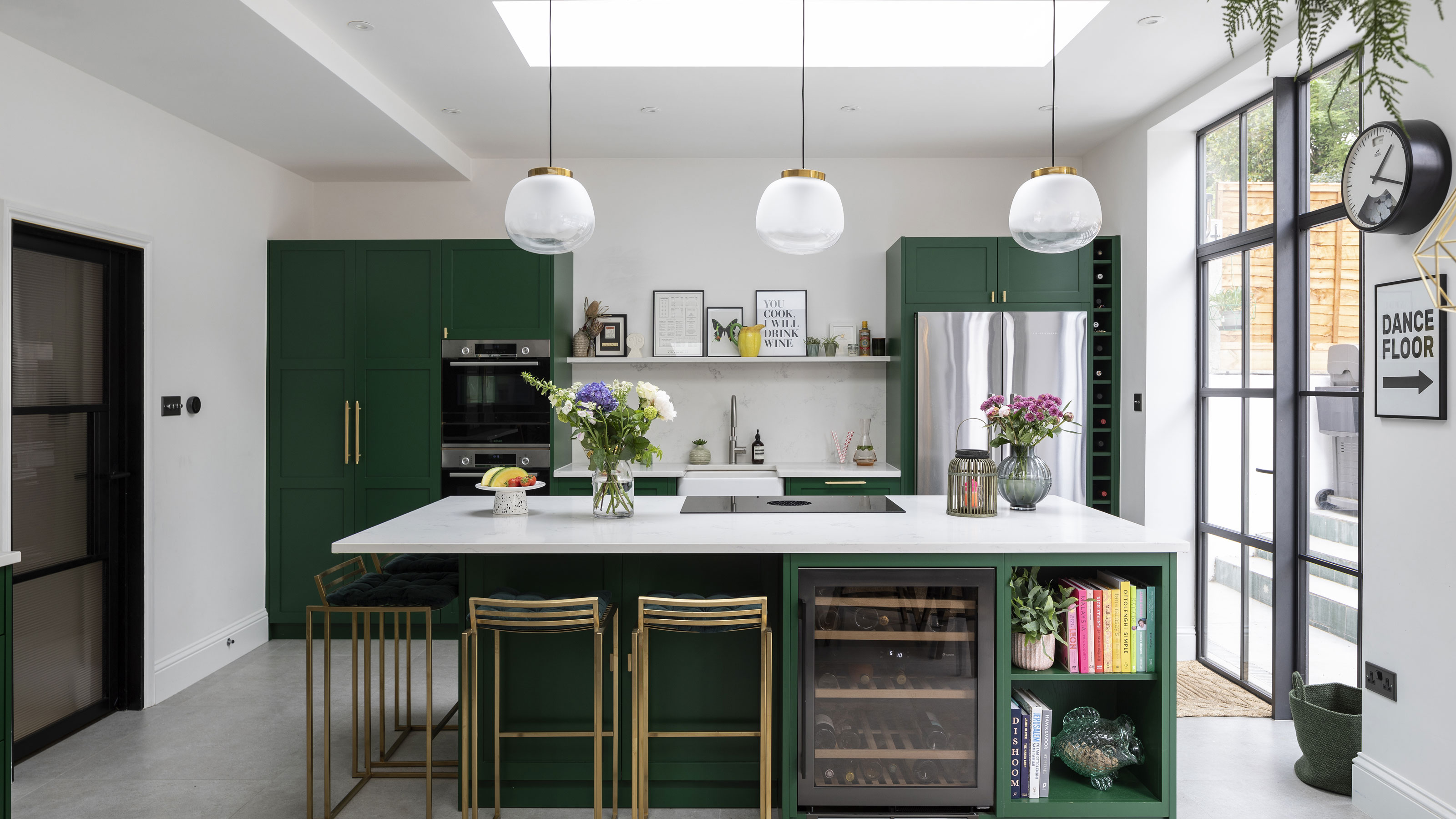 Real home: Gorgeous green kitchen has a fresh feel
Real home: Gorgeous green kitchen has a fresh feelA stunning extension and Charley Smith's clear design vision has resulted in a family kitchen-diner that’s ripe for entertaining.
By Ifeoluwa Adedeji Published
-
 [redirected] Best coffee beans: 12 delicious coffees to start your morning with
[redirected] Best coffee beans: 12 delicious coffees to start your morning withYour perfect cup of coffee starts with the coffee bean. We're sharing our best-bagged beans from coffee shop favorites to gourmet roasters.
By Jaclyn Turner Published